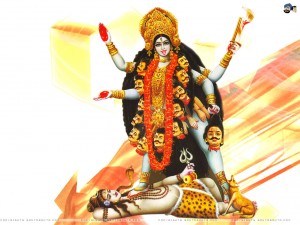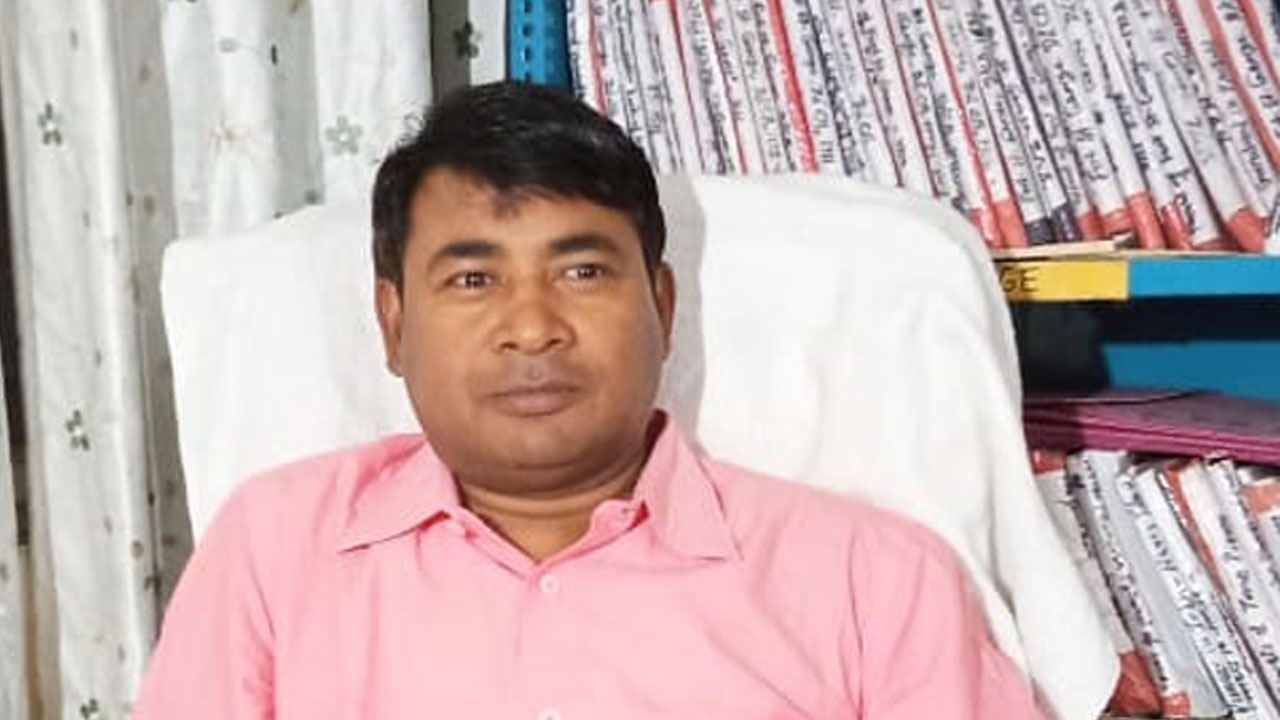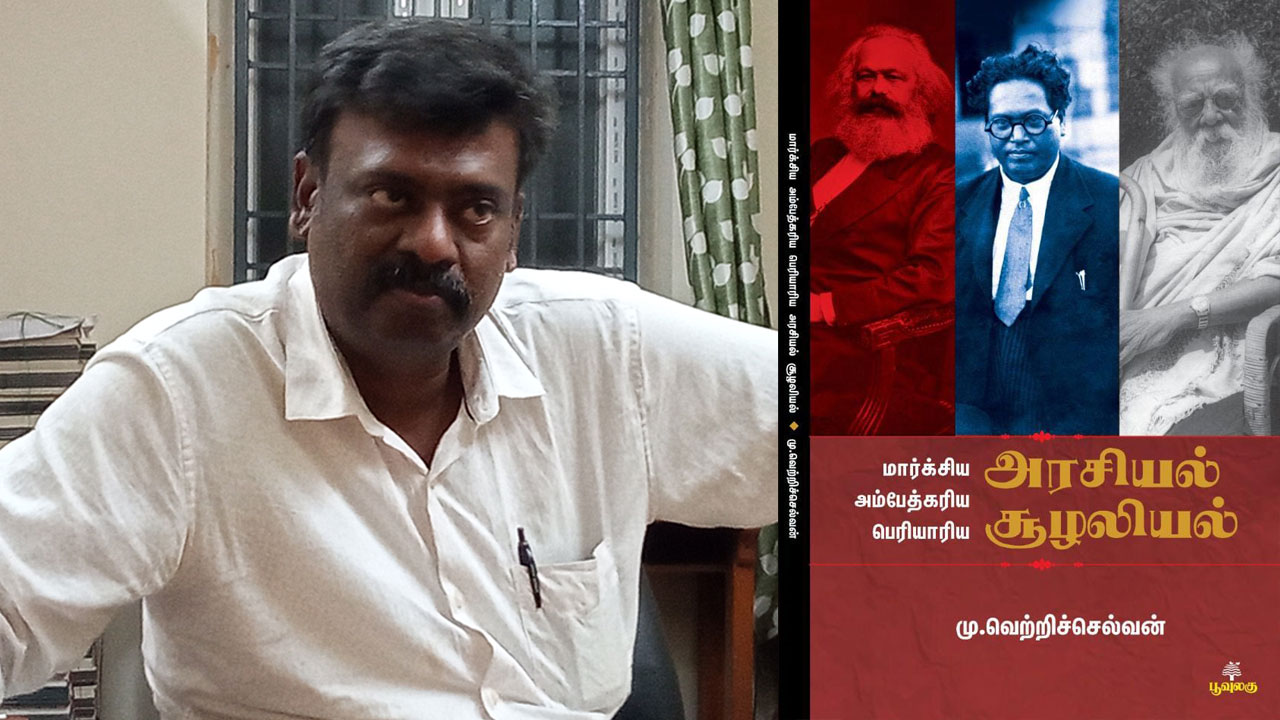Every year, as the festival of Dussehra approaches, a huge part of India braces itself to worship Durga. A magical story of defeat of the demons is related with Durga worship – a story we’ve been hearing and seeing since childhood. In her worship-worthy form, Durga is the slayer of Mahishasur; a goddess who defeated the demon Mahisha. Our knowledge of the demons (Asuras) is extremely limited. The young writer Ranendra has written a novel about this in Global Gaon ke Devta (Gods of the Global Village) which provides us with some information. More than anything else it encourages us to think about the history of the Asuras. You will be surprised to know that from the battle between gods and demons to the killing of Mahishasur, all the demons described therein are still found as a tribe of 10,000 people in the state of Jharkhand. These are the people who discovered metals and till today are traditionally engaged in iron-making. Contrary to what history informs us about non-Aryans or people from ethnicities other than Aryan, these people are not flat-nosed (Anasa) and copper-complexioned; they are mostly fair and tall. Perhaps these are the people who laid the foundation of the Mohenjodaro and Harappan civilization and fought the Aryans as they continued to retreat. Their only crime was that they refused to surrender to the Aryans. Their resistance continued. However, Asuras had to pay a heavy price for that.
Devayani in the Mahabharata was an Asura girl – daughter of Asura priest Shukracharaya – who married Yayati. Yayati’s second wife Sharmishtha too was a daughter of an Asura king Vrishparva. Hence, those belonging to Kuru and Yadu dynasties were all children of demon mothers. The study of their cultural history remains to be done, but the 19th-century social revolutionary Mahatma Jotiba Phule has discussed Asuras at length in his book Ghulamgiri (“Slavery”). Hopefully people will be able to pierce through challenging facts encountered in pre-historic periods and Puranic (mythological) disputes and will find new meanings. We must accept that the dominant and the deprived do not give the same explanation of history or mythology. A character from Global Gaon, Rum Jhum Asura, says at one point: “We have been continuously retreating from the Sapta Sindhu region of the Vedic period and via Azamgarh, Shahabad, Ara, Gaya, Rajgir have reached the forest area of Kikat, Paundrik, Kokrah or Chuttia Nagpur. There is no record in history of innumerable Indras,Pandvas, Singbogas who have destroyed us so many times, pulled down so many of our bastions. We live only in folktales and myths.”
Rum Jhum continues: “When our ancestors decided to protect the forests they were called Rakshasas [demons]. When they protested cutting and burning of forests for cultivation, they were called Daityas [monsters]. They were attacked and were constantly chased down … but the defeat we suffered in the 20th century is history’s greatest defeat.This time it’s not the Sing-Bonga of the stories but companies like Tata that destroyed us. The iron, spades, trowels, pickaxes, shovels made in their factories have reached remote village markets. The tools made of iron smelted by us are not much in demand. Our skill in smelting iron has slowly vanished … our daughters and our land are slipping out of our hands. Where will we go from here, we are not able to figure out.”
And this Dussehra celebrates the killing of Mahishasur – an ancestor of this demon, Rum Jhum. Statues are placed in pandals all around. Durga’s trident is piercing the torso of the demon king. Durga’s tiger has overpowered the demon’s buffalo. Durga is wearing a necklace of heads.
I often feel that Durga herself was from the demon lineage and the Aryans used her. In that initial battle of the Sapta Sindhu region when the Aryans and the Dases or Dasyus were facing one another, the decisive battle was between Vritra and Indra. A Das called Divodas joined hands with Indra and as a result of that Vritra lost the battle. Durga’s story also resembles this. Going over to the enemy’s side, Durga slaughters her own people. Immersed in the shouts of victory, this goddess does bite her tongue in remorse when she steps on the chest of her god Mahadev (Shiva). This form of Durga is called Kali, and it repeatedly forces me to ask if the goddess had realized how far she had gone. This form is very poignant. Thirty-three years ago, I had written a story “Kaas ke Phool”. In that story, a potter who makes idols replaces Mahishasur with the figure of a local Seth and in the necklace fits skulls of city’s criminals instead of those of the Asuras. With this minor change the meaning of the entire festival is transformed.
On Dussehra, if Dalitbahujan leaders were able to recognize whose chest they are stepping on to receive all the praise, then it would bring some meaning to Dussehra. And if they could show remorse like the goddess then the significance of the festival would change completely.
Mahishasur: Ek Jan Nayak (Hindi) chronicles and explains the Mahishasur movement. Visit http://www.amazon.in/dp/819325841X and get yourself a copy. English edition will be available soon)






